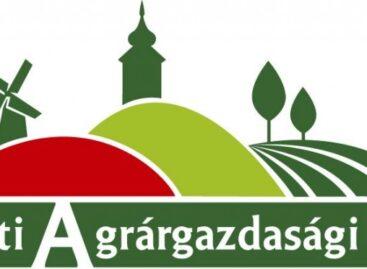After a low point, a turnaround may occur in the subsidized housing loan market
After a decline since last spring, the Otthon Start Program could bring about a turnaround in the market for subsidized housing loans. The reason for this is that fewer conditions need to be met, and due to the lower interest rate, the loan amount that can be taken out may increase by 25-33 percent, better adapting to the increased real estate prices, thus making the acquisition of a first home accessible to a wider group of people – according to an analysis by the National Association of Independent Financial Intermediaries (FPKOSZ).
 According to the professional organization, which covers 85 percent of the intermediary market, home buyers should also turn to loan intermediaries when using Otthon Start: with their help, the best solution can be selected, and the amount that can be spent on housing can be expanded with alternative options. Choosing the right banking partner is particularly important for Otthon Start: in the event of an inappropriate decision, the applicant may lose the difference between the potentially available loan and the loan actually taken out forever.
According to the professional organization, which covers 85 percent of the intermediary market, home buyers should also turn to loan intermediaries when using Otthon Start: with their help, the best solution can be selected, and the amount that can be spent on housing can be expanded with alternative options. Choosing the right banking partner is particularly important for Otthon Start: in the event of an inappropriate decision, the applicant may lose the difference between the potentially available loan and the loan actually taken out forever.
After a decline lasting more than a year, the market for subsidized housing loans may see a turnaround with the Home Start Program, according to an analysis by the National Association of Independent Financial Intermediaries (FPKOSZ). The main advantage of the program, which will launch in September, is that it is subject to fewer conditions – for example, marriage, having children or a newly built property are not required. In addition, due to the 3 percent fixed interest rate, a loan amount of up to 25–33 percent larger is available, with the same repayment installment. This may create the opportunity for many to buy a home, especially with the current high real estate prices. Balázs Sándorfi, president of the FPKOSZ, draws attention to the fact that in this case it is also worth using the help of loan intermediaries, since due to different bank credit assessment and real estate collateral acceptance practices, the same loan applicant may receive a significantly different amount in the case of two different financial institutions. In the case of the Home Start Program, choosing the right banking partner is also a multi-faceted issue, as a given individual can only take out a subsidized loan once: the difference between the potentially available and the actually taken loan amount is lost forever by the applicant who makes a suboptimal decision. In addition, the amount that can be taken out can also be increased with alternative sources – the role of credit intermediaries is essential in collecting these and adapting them to individual needs.
According to data from FPKOSZ, which represents 85 percent of the credit intermediary market, the role of subsidized loans in home lending has been at a low point since last spring, and the new program may break this trend. The declining trend is partly due to the specific dynamics of these schemes: interest in CSOK Plusz, introduced in January 2024, is gradually decreasing, as a significant number of eligible individuals took advantage of the opportunity in the 1-12 months following the product’s launch. Meanwhile, Baby Waiting Loans are also showing a slowing trend, despite the fact that the age limit has been raised from 30 to 35 years from 2025. The total volume of the Employee Loans introduced this year – the majority of which are linked to real estate purposes – is 30-40 percent below the government targets set. Other programs have defined more criteria not from the borrowers’ side, but from the real estate side. For example, the Hungarian National Bank’s Green Home Plus (ZOP) was only available for newly built and energy-efficient apartments, which typically fall into a higher price category.
According to the FPKOSZ, Otthon Start offers access to housing loans to a wider social group, so it can be a real help for many to buy their first home.
Related news
K&H: Where is Otthon Start doing best?
🎧 Hallgasd a cikket: Lejátszás Szünet Folytatás Leállítás Nyelv: Auto…
Read more >NAK Initiative: Primary producers and agricultural private entrepreneurs can get housing loans on more favorable terms
🎧 Hallgasd a cikket: Lejátszás Szünet Folytatás Leállítás Nyelv: Auto…
Read more >Praktiker: personal advice is coming, shopping is getting easier
🎧 Hallgasd a cikket: Lejátszás Szünet Folytatás Leállítás Nyelv: Auto…
Read more >Related news
Christmas shock in commerce: for the first time, we can pay with bank cards in fewer places
🎧 Hallgasd a cikket: Lejátszás Szünet Folytatás Leállítás Nyelv: Auto…
Read more >Hungarian Confectionery Manufacturers Association: trends in 2025 and prospects for 2026
🎧 Hallgasd a cikket: Lejátszás Szünet Folytatás Leállítás Nyelv: Auto…
Read more >Most grocery chains will be open until noon on December 24th
🎧 Hallgasd a cikket: Lejátszás Szünet Folytatás Leállítás Nyelv: Auto…
Read more >






